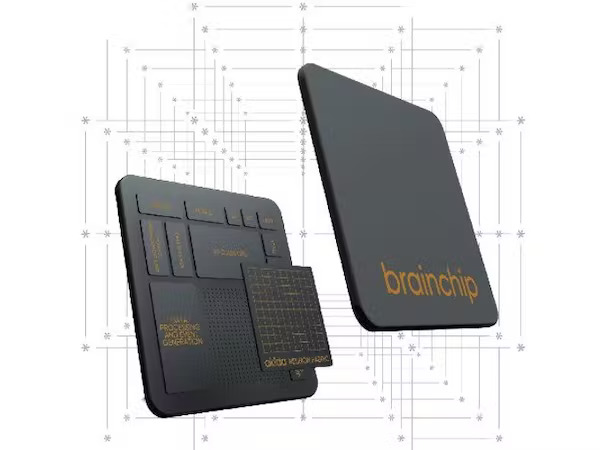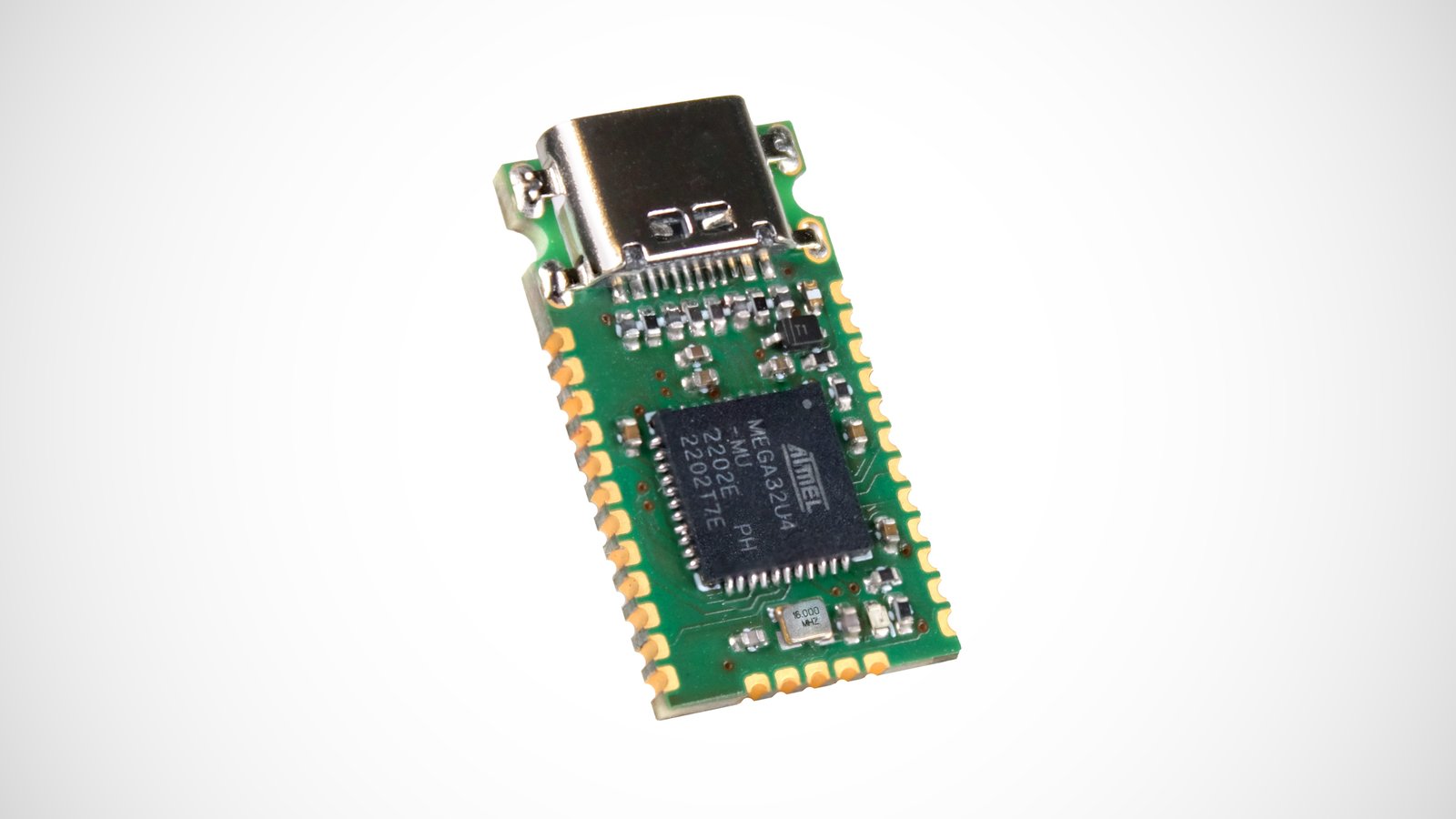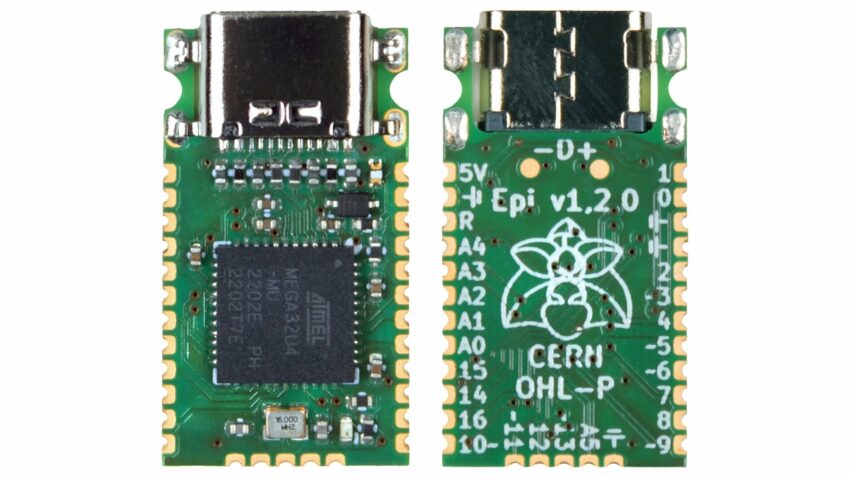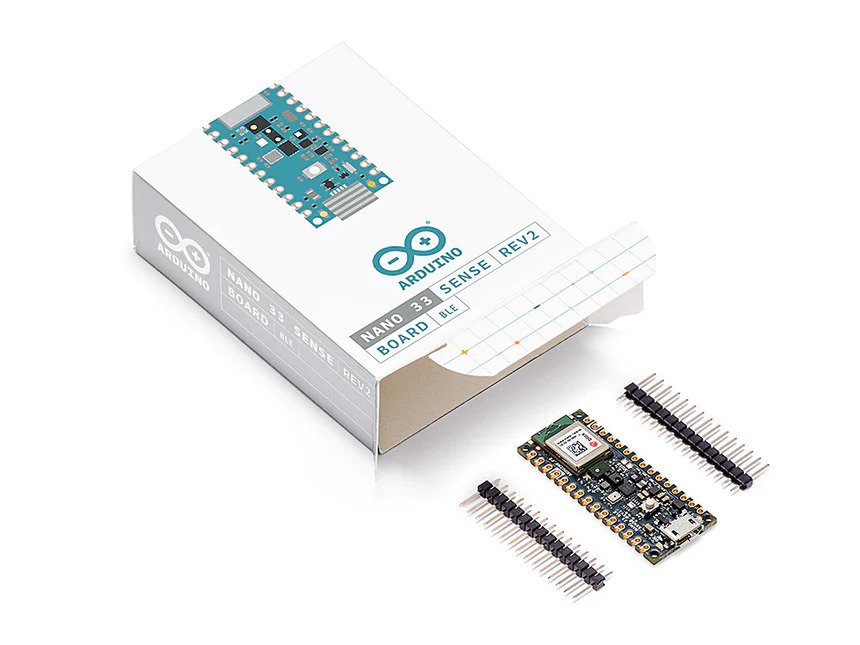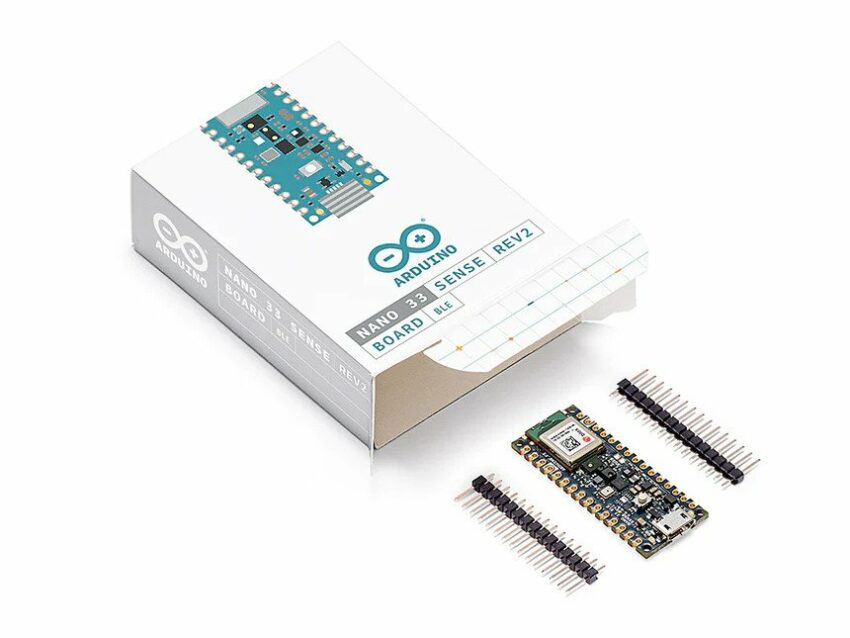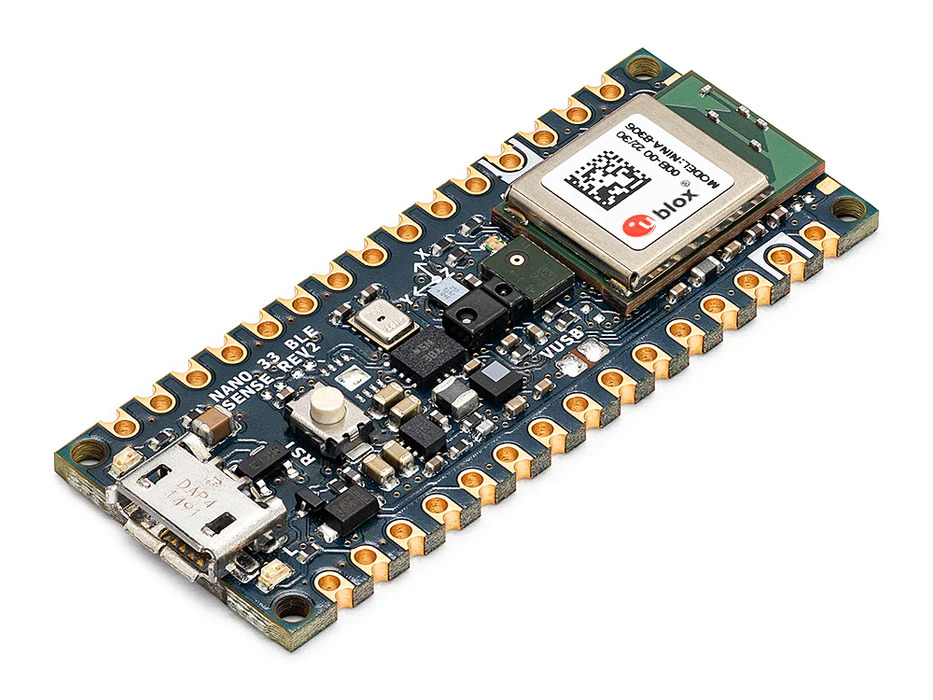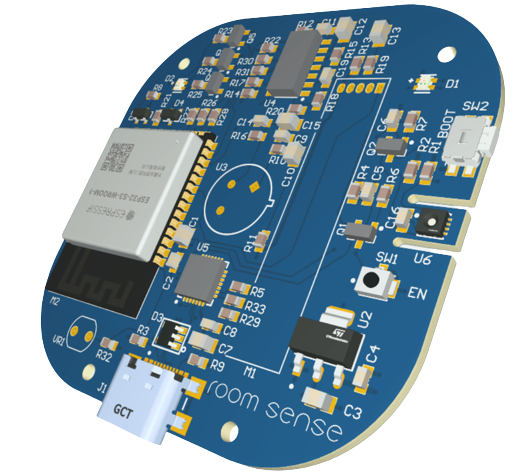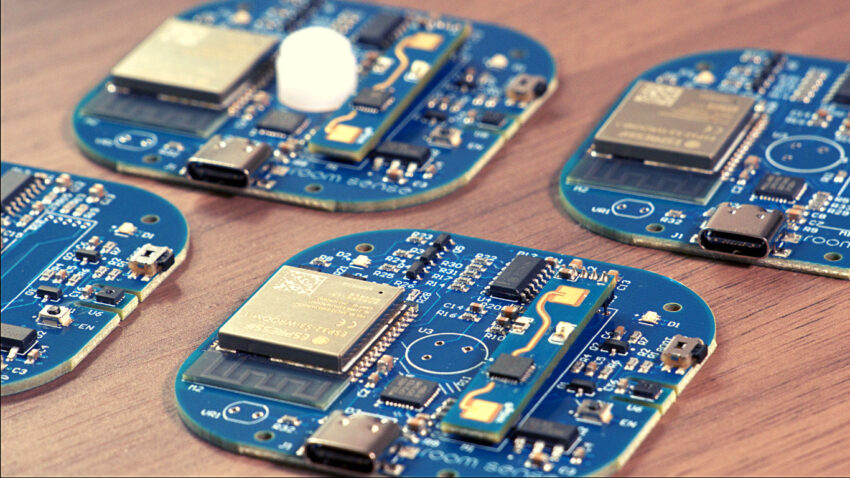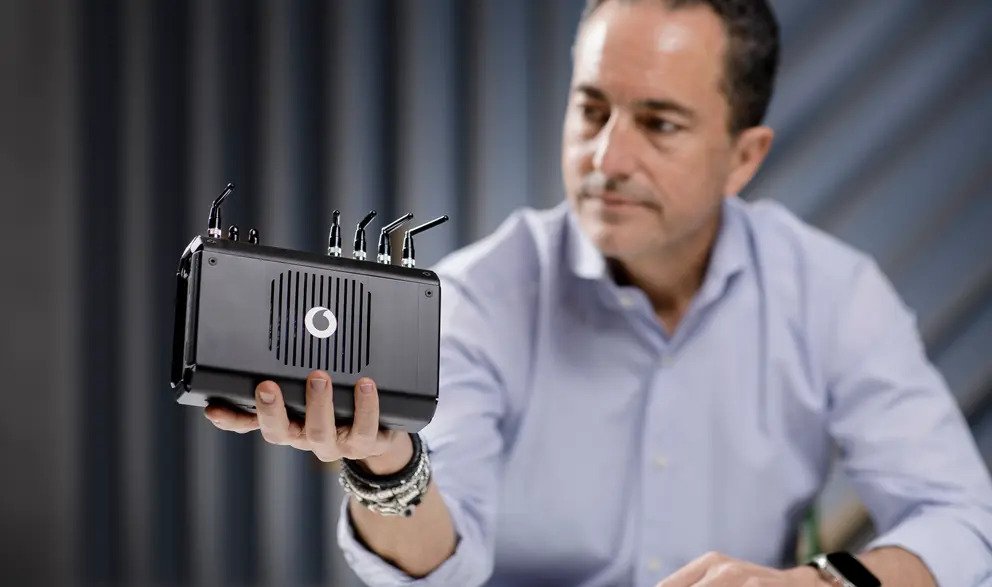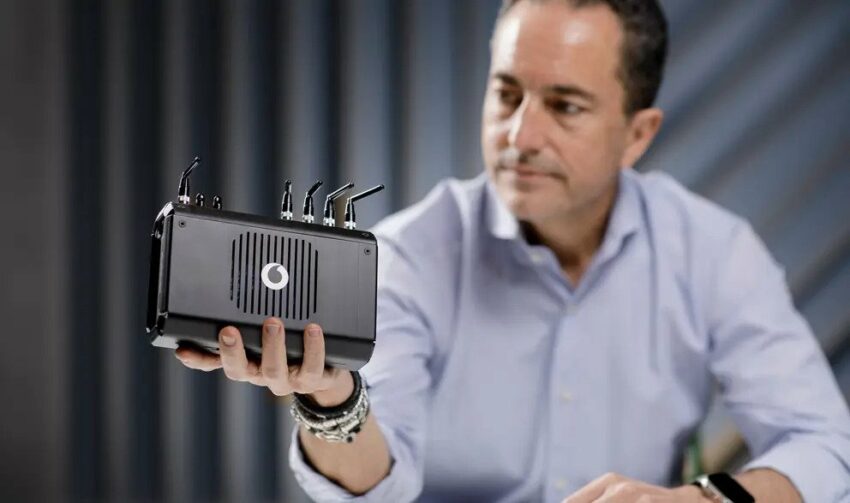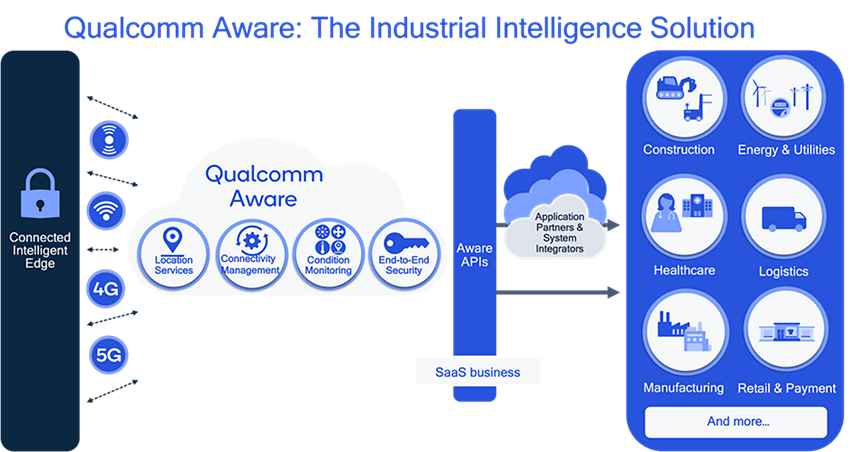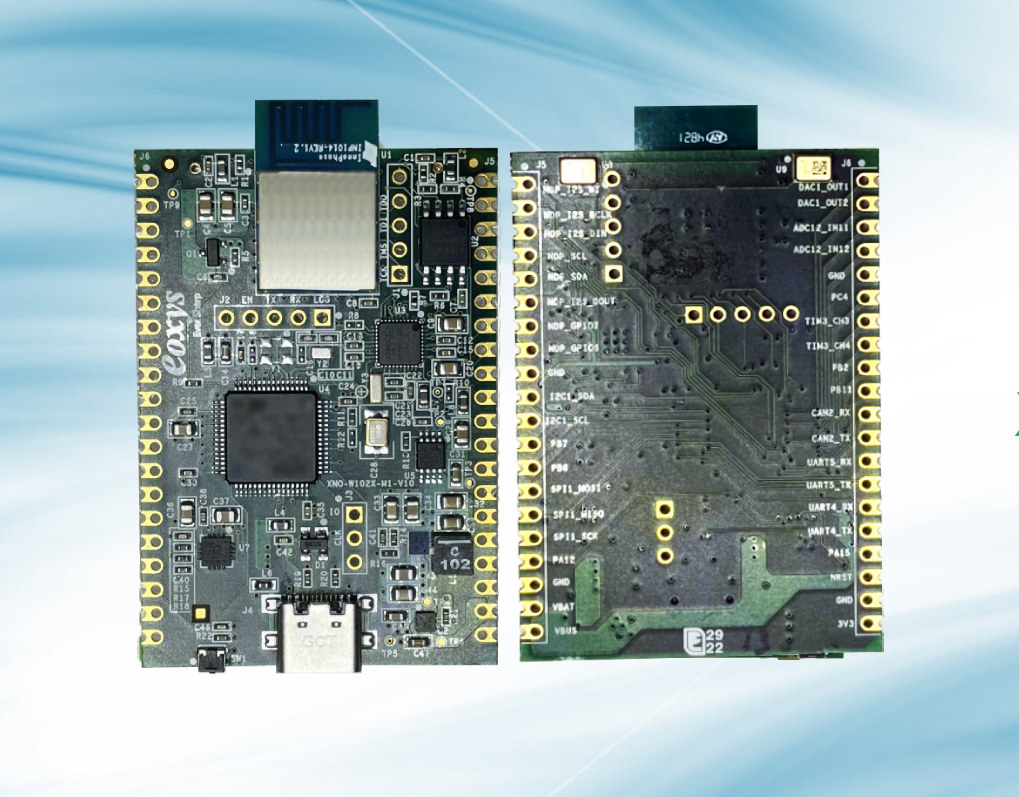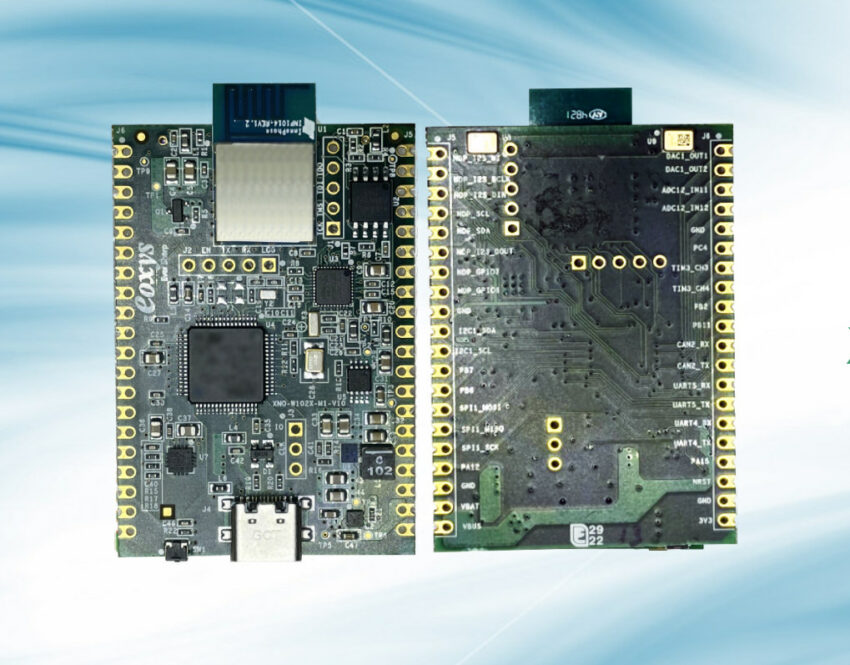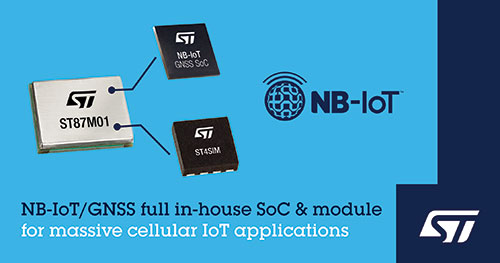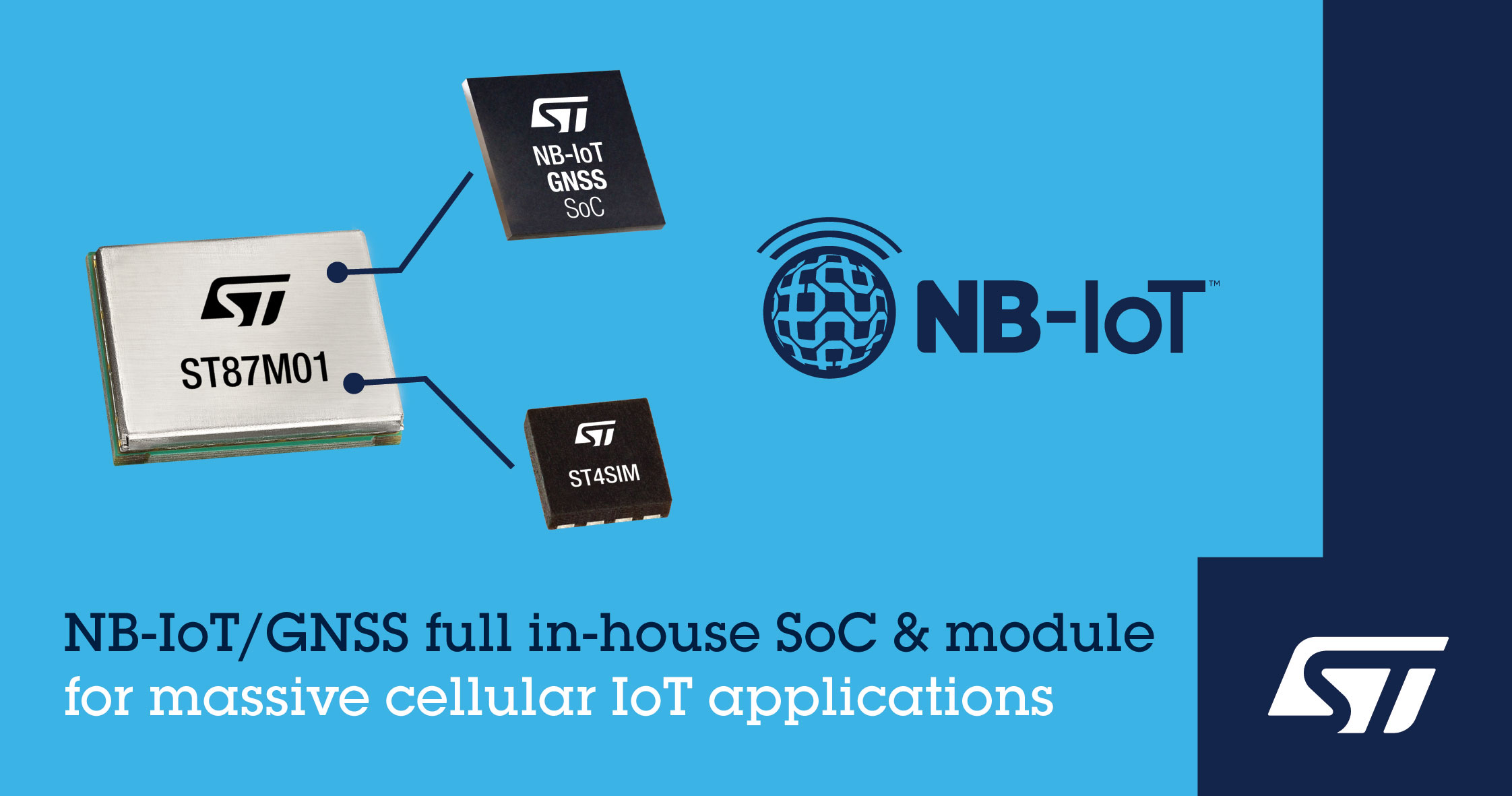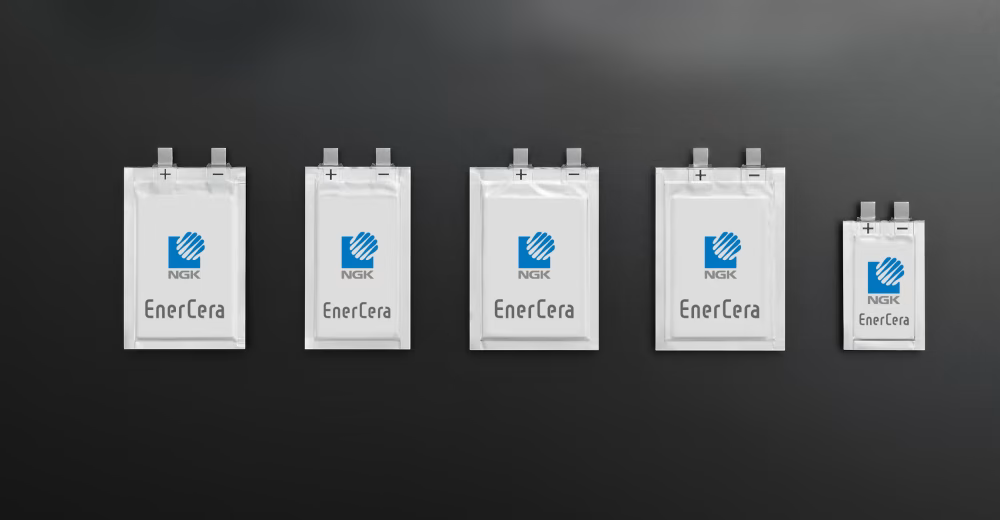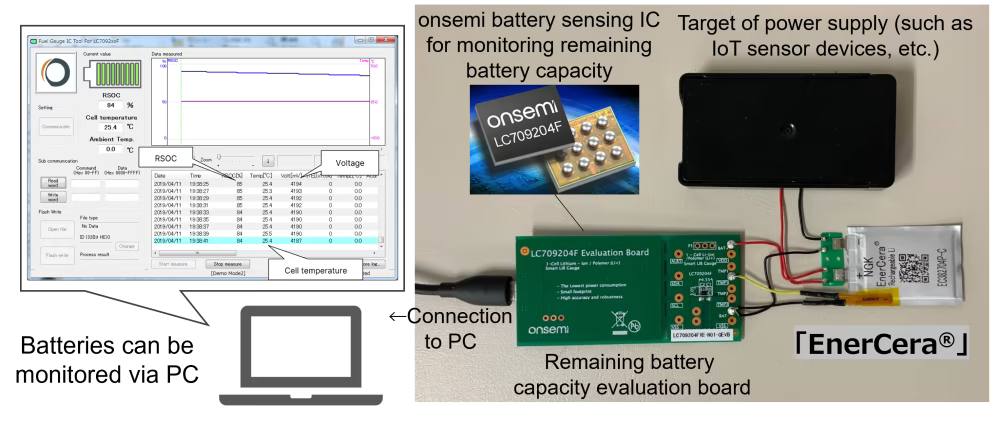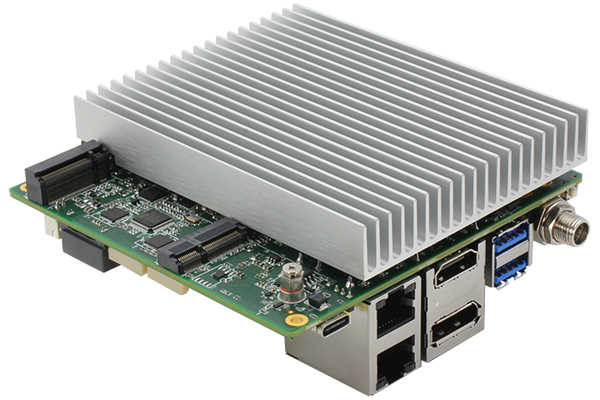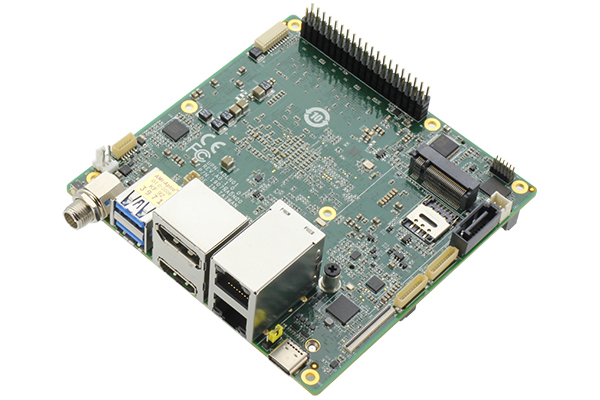BrainChip, a leading provider of ultra-low power edge AI technology, has successfully taped out its AKD1500 chip on GlobalFoundries’ 22nm FD-SOI process. This marks an important milestone for BrainChip as it proves the portability of its technology and enables the company to take advantage of the benefits of GlobalFoundries’ process.
The AKD1500 is BrainChip’s flagship product designed to deliver AI processing capabilities on edge. The chip features BrainChip’s patented spiking neural network (SNN) technology, which is capable of learning, recognizing, and processing patterns in real-time. The AKD1500 is ideal for various applications, including advanced driver assistance systems (ADAS), surveillance, and autonomous robotics.
The AKD1500 combines event-based Akida AI IP with GlobalFoundry’s low leakage FDX process technology platform to deliver an always-on, at-sensor application with low power consumption, suitable for industrial automation and the automotive industry.
GlobalFoundries’ 22nm FD-SOI process is an ideal choice for BrainChip as it provides several benefits, including low power consumption, high performance, and excellent reliability. The process is also well-suited for edge AI applications as it offers a compact form factor and low cost.
“This is an important validation milestone in the continuing innovation of our event-based, neuromorphic Akida IP, even if it is fully digital and portable across foundries. The AKD1500 reference chip using GlobalFoundries’ very low-leakage FD SOI platform, showcases the possibilities for intelligent sensors in edge AI.”
The AKD1500 chip is expected to be available soon and will be a significant addition to BrainChip’s portfolio of edge AI solutions. The company has already received strong interest from several customers looking to use AKD1500 in their products.
BrainChip’s successful tape-out of the AKD1500 chip in GlobalFoundries’ 22nm FD-SOI process is an important milestone for the company. This will help BrainChip to deliver more innovative and advanced AI solutions to its customers in the future.


